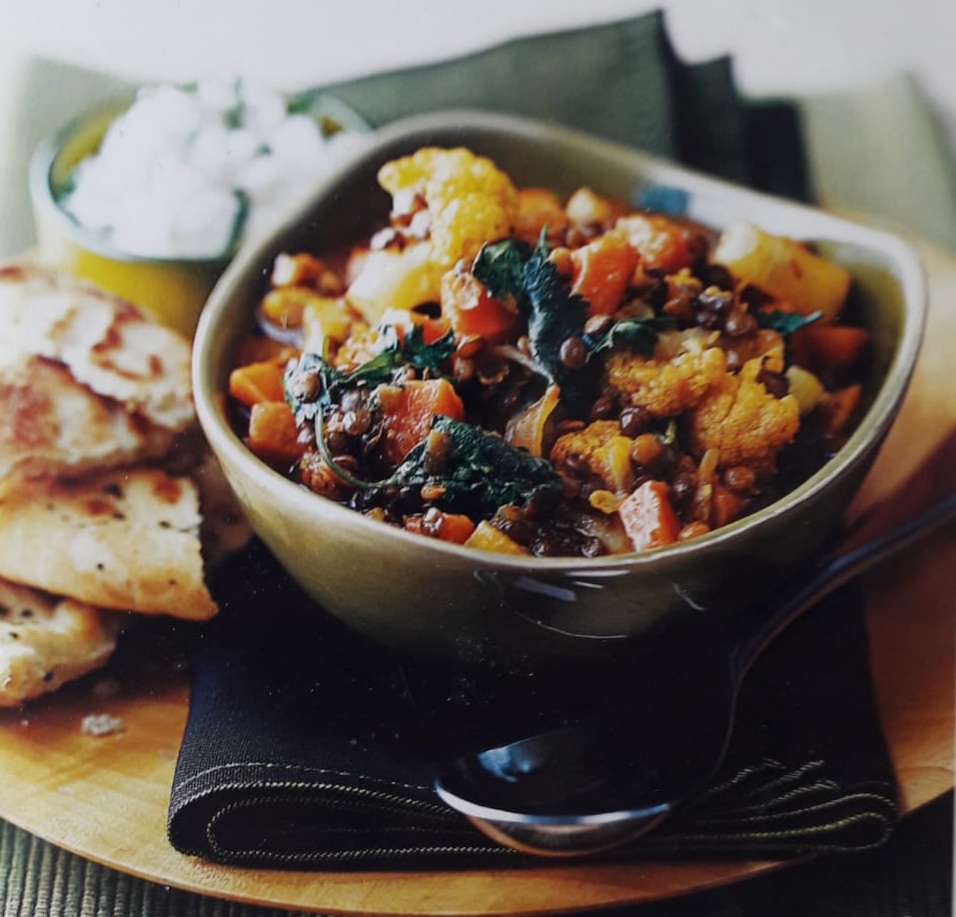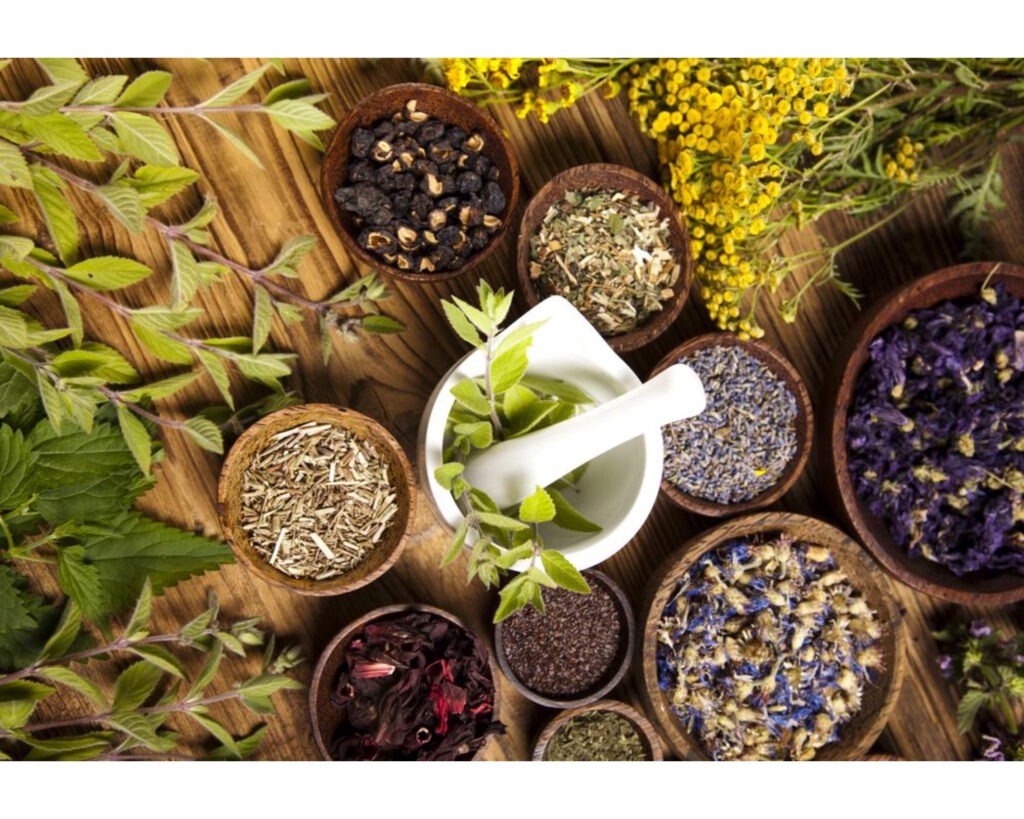
The nights are drawing in here in the Northern hemisphere and the weather is getting colder (though everyone keeps telling me its mild! After a long time in India, it feels cold enough to me!). This kind of weather can make one feel like getting cosy, staying indoors more, slowing down, resting, rejuvenating – similar to the animals that also start preparing to hibernate at this time of year!
We are now in the visarga (release) period – between summer and winter solstice (the shortest day and marks the official start of winter), which is cooling and during this time we tend to gain additional nourishment from our food and hence more weight and strength.
Of course, it depends on where you are living however, typically Ayurveda recognises winter as a kapha season with strong vata undertones. In certain parts of the world or certain weather conditions however, vata will be more prevalent and things will feel cold, crisp and a lot drier. It is characterised by cold weather, a sense of heaviness, increased moisture (usually in the form of rain or snow – which is typical in Europe at this time of year), cloud-covered days, and the grounded, slow feeling that sends many animals into hibernation.

Kapha and Vata are two of the the three biological forms of energy – which exist in all of us and all of nature. Vata is governed by the air and space elements. Vata energy is light, dry, cold and moving, and its prevalence this time of year often results in vata imbalances such as anxiety, restlessness, forgetfulness, dryness, constipation, insomnia, headaches, and lack of energy. Kapha is governed by the elements of water and earth, and its energy is heavy, dense, static, stable, oily, cool, wet, smooth. Typical kapha imbalances are things like, seasonal allergies, excess mucus (colds, flus, sinus, chest infections etc), weight gain, difficulty rising in the morning, brain fog and lethargy, sadness and depression, “emotional overeating”.
It is important to understand your own constitution first, tune into and listen to your body as well as the cycles of nature/seasonal changes, balance of elements and energies around us and how this might be impacting you.
In Ayurveda like increases like, and therefore opposites balance each other. Though typically at this time of year it is helpful to think about balancing with diet and practices that have the opposite qualities to vata and kapha. Think – warming drinks, nourishing stews, soups, warming foods with calming and heating spices. It is also helpful to do regular exercise and yogic practices which invigorate and warm the body. Introduce daily routines to add a little steadiness, balance, warmth and joy to your schedule and your mind. Even wearing brightly coloured warm clothes can help improve overall mood and bring a sense of warmth and comfort.


The digestive and metabolic fire, known as “Agni” increases in the winter, and you need nourishment as this will have an overall strengthening effect on the sapta dhatus (seven tissues) (all the physical elements/fibre of the body – blood, plasma, muscle, bone, bone marrow, fat, reproductive fluids) of the body.
This is a time to nourish and replenish, and not a good time to diet. You can also focus on strengthening your body and mind with exercise, yoga, pranayama (breath-work), and meditation. Keep warm, rejuvenate, and look after yourself. It is also a good time to connect with others, enjoy rest time, cultivate practices that bring you joy and happiness, so as not to get bogged down in the “winter blues” – those feelings of sadness, melancholy and loneliness that imbalance of vata and kapha can typically bring at this time of year.
Bringing Balance where Vata – Kapha overlap
In the regions and times where Vata and Kapha overlap, focus on balancing Vata first and be mindful of Kapha days/ imbalances. Keep in mind your own body constitution and any imbalances you may have.
Vata and Kapha are both cold doshas. Vata is light and dry and Kapha is heavy and damp. Vata is balanced by sweet, sour, and salty tastes and Kapha by bitter, astringent, and pungent tastes. They both like and are balanced by warmth. Stay warm, dress warmly, eat warm foods, both in temperature and potency, and eat warming spices like ginger, garam masala, cinnamon, cloves, and turmeric. When you feel heavy and sluggish, that is the time to focus on Kapha: change and vary your routine and make sure you exercise. When Kapha predominates, make sure you avoid heavy, sweet, overly oily and unctuous foods. Take more herbs and spices that balance Kapha such as black pepper, mustard, galangal, chilli, turmeric, ginger, fennel seeds and punarnava.
Eat seasonal, local fruits and vegetables, cooked as soups and stews for Vata days/imbalances, and lightly cooked with less oil for Kapha days/imbalances.
Aim to have all “shad rasa” or six tastes in your diet. Avoid cold drinks or food and instead drink warming teas, such as ginger or cinnamon tea. Warm milk with turmeric and a pinch of black pepper and nutmeg makes an excellent drink a few hours before you go to sleep. For vegans replace cows’ milk with almond, oat or coconut milk.
Do abhyanga (self- massage with oil) regularly in the morning time with warming oils like sesame for Vata and or mustard as more warming and stimulating for Kapha.
Winter months can get lonely and isolating, so stay connected with friends, family and loved ones. Exercise enough and keep to a steady and balanced routine. On colder, snowy or rainy days pushing yourself a bit more can help, as it will increase heat, blood flow, overall strength, stamina and help boost immunity. In terms of yoga, warming sequences like Sun Salutations, Warrior, forward and backward bends. These can also be adapted depending on the dosha – slow it down for vata and more active for kapha days. Even pranayama can be slow and balancing for Vata, such as Nadi Shodhan (alternate nostril breathing). While more brisk / activating and warming, such as Kapal Bhati and Bhastrika works well for Kapha. Essentially, follow a Vata routine, but be mindful of seasonal and individual variations. Self-awareness and keeping track of how you’re feeling is the key to the Vata-Kapha overlap.




Have a good Daily Routine (Dinacharya) during the winter months can really help
Maintaining a consistent daily routine (dinacharya) will help keep vata in balance during winter and kapha will benefit from keeping things fresh and a bit unpredictable, so try to get a good balance that is right for you.
Certain parts of your day—like the times that you rise, work, eat, and sleep—can easily be consistent from one day to the next, while other times of day can provide for more variation and spontaneity.
- Start your day with a short but invigorating morning routine. Sleeping in a little later is Ok in the winter months, as in line with nature the sun rises later, but you will feel fresher and more motivated if you are up by about 7 a.m.
- Brush your teeth, scrape your tongue, and soothe and support your gums and oral tissue by oil pulling.
- Treat your skin to a warm oil massage with the oil of your choice. Wait a little while for the oil to absorb into the skin and follow with a quick, warm shower.
- After that, you can drink some warm water (plain or with ginger, cinnamon, cardamom – warming spices of your choice) to activate the digestive system.
- Apply a few drops of nasya oil to the nasal passages to awaken the mind and lubricate the respiratory passages. Nasya oil is a ayurvedic herbal infused oil usually with a sesame base, that is nurturing and nourishing, and supports the sinus, nose, throat, and head (a good quality cold pressed sesame oil is also fine to use for this).
- Wake up and shake off any sluggishness and lethargy with some morning exercise and /or yoga.
- Dress in bright, warm colours in warm natural (if possible) fabrics. Always be sure to cover your ears, neck, and head with a scarf or hat if you are outside in cold conditions.
- Avoid daytime naps during winter and take advantage of the the long, dark, evening hours to relax, unwind and get more sleep. 10pm bedtime is ideal if possible.
- Apply oil to your scalp and soles of the feet before bed using sesame oil – either on its own or can also be mixed with relaxing essential oils as per your preference.
(Please do consult a qualified Ayurvedic professional if you plan to take any of these herbs, have pre existing health conditions and if you are unsure of anything).
Contact me if you are interested in learning more about how Ayurveda can support you in leading a healthier, balanced life, if you would like to book a FREE discovery call or for any further information.


This was beautiful post …so well written, crisp and clear. I found the information very useful and since winters are approaching time to make some diet switch.